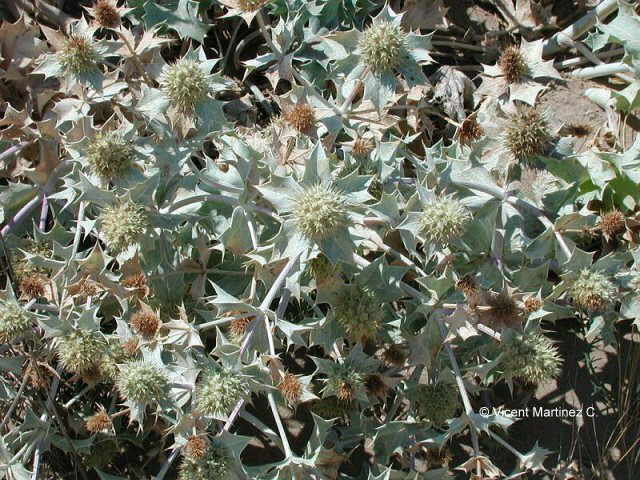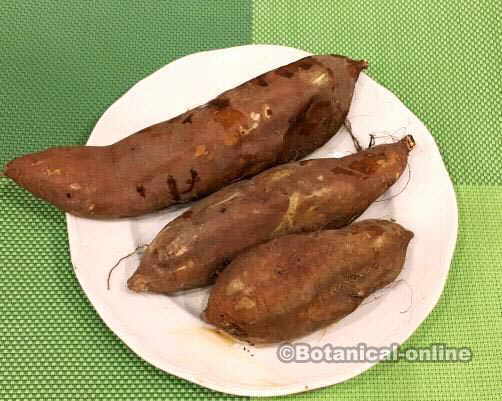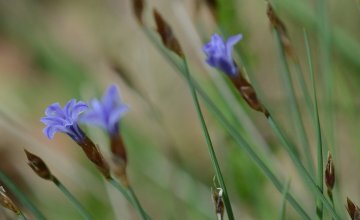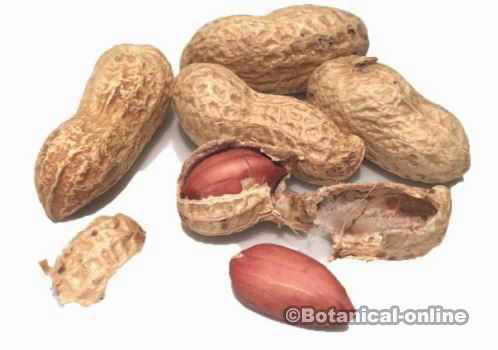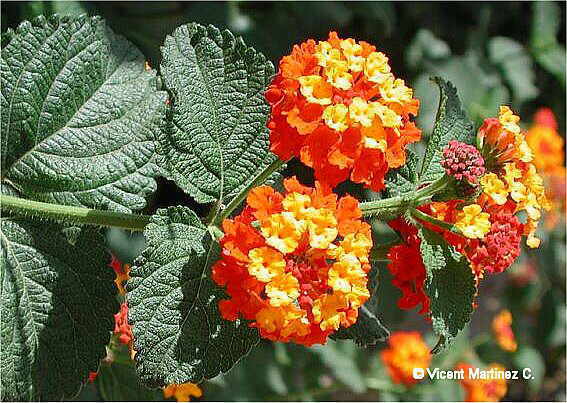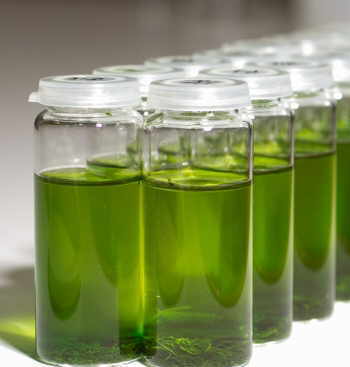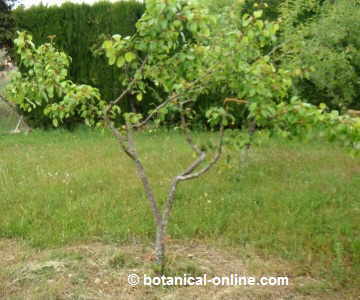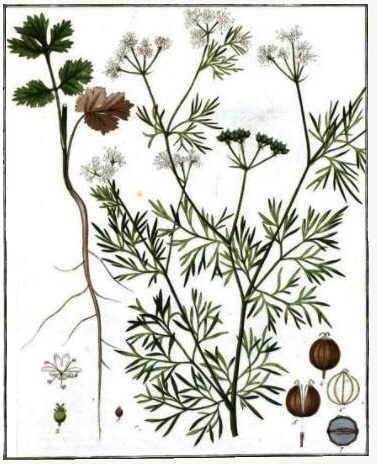Contents
- 1 How to grow chicory
- 2 Characteristics of chicory
- 2.1 Types and varieties of chicory
- 2.2 Irrigation of chicory
- 2.3 Use of chicory
- 2.4 Climate and location of chicory
- 2.5 Soil and fertilization of chicory
- 2.6 Reproduction of chicory
- 2.7 How to get chicory seeds?
- 2.8 When and how chicory is sown?
- 2.9 Maintenance of chicory
- 2.10 Picking up and storing of chicory
- 2.11 When and how to collect chicory?
- 2.12 How to dry and store chicory leaves and roots?
- 2.13 Pests of chicory
- 2.14 Diseases of chicory
How to grow chicory
 Characteristics of chicory
Characteristics of chicory
Perennial plant of the Daisy family – compositae – up to 1 m. Erect stems, glabrous o bristly, very irregularly branched. Basal leaves in rosette, toothed; upper ones very small, with smaller teeth. Flowers till 4 cm., blue.
 Types and varieties of chicory
Types and varieties of chicory
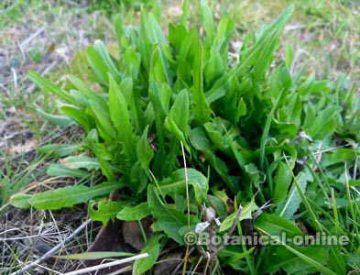
The two main forms of chicory are:
- Chicory greens (Chichorium intybus var. Foliosum) These are varieties grown for their leaves, used for salads. These varieties have been selected because they are less bitter so they that can be eaten raw.
It is in France, Belgium and Italy where more varieties of this plant of chicory can be found. They are used as food in the kitchen, offering a wide variety of leafy vegetables.
Among these, there are some some well-known varieties such as: “cicorino”, Italian rosette variety consumed in spring; the “sugar loaf”, like a cucumber and bitter taste of chicory leaves, is the most used as food and, therefore, the most cultivated. It is characterized by green curly leaves.
Among the most characteristic we find the ” radicchio” or “red chicory”. One of the best well known Radiccchio varieties is “Palo Rosa Bella” whose form is a reminiscent of the lettuce. With a rosette of shaped basal leaves of dark green that turns reddish at the onset of winter. It’s a very cold-resistant chicory with a bitter taste and a crunchy texture.
Other well-known radicchios are Radiccchio “Augustus” or Radiccchio “Aloutta.” The latter has red leaves with white veins.
- Root chicory (Chichorium intybus var. Sativum) They are those types of chicory that are grown for their roots that are used for the production of chicory coffee and as a medicinal plant (See more information in the listing below)
 Irrigation of chicory
Irrigation of chicory
Chicory should be watered in the growing season. During this time, it is desirable that the ground is kept moist, though, when the soil is deep, it can withstand drought.
Chicory needs dry winters. It does not bear stagnation of water so you plant plant it in a soil with a good drainage.
In general, you must ensure that the ground is kept moist, not waterlogged. So, in dry climates, it may be necessary to water it several times each week.
Drip irrigation is best, especially in times of leaf growth, because if they get wet, especially when they are tied to to become clear, they can rot.
 Use of chicory
Use of chicory
As food, it is grown for its leaves and as a medicinal plant (See Properties of chicory in the listing below) and for the production of coffee substitute.
 Climate and location of chicory
Climate and location of chicory
It is a plant that fits in temperate climates. Although, it prefers a sunny position, in can develop in areas without sun.
It is tolerant of wind and low temperatures (it can hold up to about -15 ° C)
 Soil and fertilization of chicory
Soil and fertilization of chicory
Chicory prefers deep soils, fresh and with a good drainage. An accumulation of water in the soil can cause the death of the roots. It needs a slightly acidic soil with a pH above 5.
Among the compulsory tasks we include soil preparation before planting seeds. To do this, the soil must me plowed in winter in deep furrows. Do not forget to fertilize it well with manure at a rate of about 15 t / h.
To this amount, we will add about 450 kg / h of calcium superphosphate and 150 to 200 kg / ha of ammonium sulfate.
 Reproduction of chicory
Reproduction of chicory
Wild chicory is a perennial plant, however, its cultivation does not usually extend beyond 3 years. Moreover, when you want to get maximum leaf production, it is important to renew it every year.
Keep in mind that chicory can not be grown in the same soil more than four years.
Reproduction of chicory is done by seeds. Root chicories, that’s to say, those chicories that will be used for the production of ersatz coffee can also be grown from root fragments.
How to get chicory seeds?
Chicory seeds can be bought at specialized nurseries or they can be obtained from plants grown in summer.
If you want the latter, you will choose the most vigorous plants. You will not cut off their leaves let them freely grow until they can glean well in summer.
Seed collection is usually done in July.
When and how chicory is sown?
Chicory seeds sowing can be done throughout the year. The harvest occurs after about 8 or 10 weeks of planting. Ideally sow them throughout the year to dispose of them forever.
One should keep in mind that the ideal temperature for seed germination is 25 or 30 ° C, while the minimum temperature is 8 ° C and the maximum is 30 ° C.
Depending on when you want to collect, chicories will be planted at one time or another. If grown in temperate climates, they are always planted outdoors. In colder climates, they should be planted in a greenhouse.
We can sow in the spring to pick them up in summer, such as, for example, curly leaf chicory (” Moss Curled” or “Chichorées blanches”)
We can sow in summer to pick in autumn, such as “Sugar loaf” variety that is usually sown in late spring or early summer and harvested in summer or fall.
Other varieties, such as “Winter Fare” or radicchio variety “Palla Rossa” are grown in winter.
We must bear in mind that winter varieties should be planted in their final place since the do not admit being transplanted. It they are transplanted, they will quickly glean and will not be suitable for consumption.
Seeds can be put in regular rows or scattered. If planted in rows, they should be placed at a distance about 30 or 60 cm. the seeds will be arranged at a distance of about 20 cm into the same groove.
This distance must be maintained when transplanted from seedlings.
When seeds are scattered, the plants should be clarified at the time they begin to show their leaves, leaving a distance of each other about 35 cm.
 Maintenance of chicory
Maintenance of chicory
In addition to preparing the ground such as already mentioned before, you must take into account a number of maintenance tasks:
- Tilling the ground a few times.
- Removing weeds.
- Quilting plants in winter, covering them with straw
- Watering
- Binding the leaves in order them to become white
 Picking up and storing of chicory
Picking up and storing of chicory
When and how to collect chicory?
Chicory plants can be collected entirely, but chicory leaves are mainly collected. We can also collect their seeds and their roots.
During the fall, you can pick up the plant completely. To gather chicory leaves, you have to cut them with a knife when they are about 8 or 10 cm in length. Once cut, the plant will produce new leaves again, so you can cut up to 4 times, but you should not exceed 3.
The roots are collected in autumn. To this end, the earth is dug and removed from it. In extensive plantations, special machinery is used.
Chicory seeds are collected in July from plants that were sown or planted a year earlier.
How to dry and store chicory leaves and roots?
Chicory leaves are harvested in summer. They should be dried in the shade and stored in a dry and dark place, inside bags or glass jars. The roots can be harvested in spring or summer. They will be dried in the sun or in ovens (55 ° C) and stored under conditions similar to those above.
 Pests of chicory
Pests of chicory
The main pests affecting chicory are:
- Aphids
- Lepidoptera
- Beetles
- Slugs
Spray with chemical treatments or with natural or organic treatments.
- Wireworms: A beetle of the genus Agriotes. The wireworm larvae feeds on bulbs and tubers, and roots of many vegetables. In the case of chicory, the most significant damage is the appearance of horizontal galleries in the roots. They are insects that can live for several years so they can attack several crops.
It has been shown that its activity decreases as the soil becomes hotter and more oxygenated, whereas, in fresh soil, is where it causes further damage. Therefore, as a preventive measure, it is recommended to stir the soil before planting and even to lie it fallow or practise crop rotation with non-susceptible varieties to this pest.
Once the infection is well stablished, it requires the use of insecticides.
 Diseases of chicory
Diseases of chicory
The main diseases affecting the chicory are:
- The downy mildew of lettuce: It is produced by fungi during wetter times, mainly by Bremia lactucae species, making the leaves turn yellow. Although it can be treated with a specific product, it is better to choose the species resistant to it, to avoid having to deal with those plants which are subject to prompt consumption.
- The sclerotinia (Sclerotinia libertiana / Sclerotinia fuckeliana) It causes lesions in the bottom of the plant, mainly in the stems of those varieties that are used as root chicories. It is important to remove the affected plants and promote crop rotation.
- Chicory rust (Puccinia chicorii) is a fungus that affects the leaves lightly.
– Back to plant cultivation
![]() More information about chicory.
More information about chicory.

 Irrigation of chicory
Irrigation of chicory